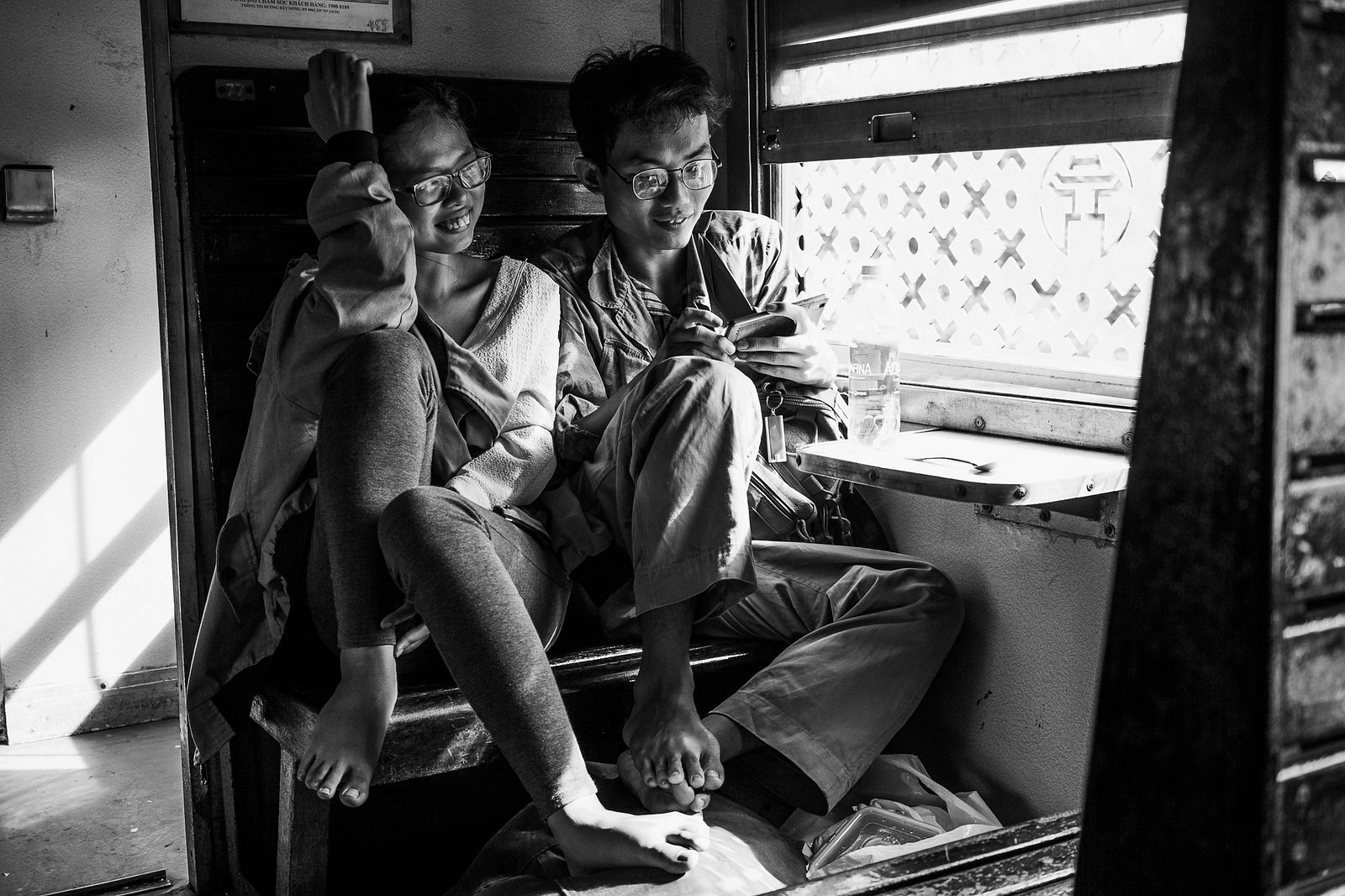Hidden within the compound of the Saigon St. Joseph’s Seminary is a historic chapel that has withstood the test of time.
A seminary’s two centuries of turmoil
Driving past Tôn Đức Thắng Street in District 1, Saigoneers would probably come across a tall gate that’s often closed, obscuring the views into the structures inside. This gate belongs to the Saigon St. Joseph’s Seminary (Đại chủng viện thánh Giu-se Sài Gòn), one of the most long-enduring witnesses to the ebbs and flows of Sài Gòn-Gia Định.

In the middle of Saigon, a corner for quiet reflection.
Starting from the 16th century, the Roman Catholic Church has emphasized the role of local seminaries established across the world, not only to train excellent priests but also promote important knowledge in theology, spirituality, economics, pedagogy, and other humanistic fields important to the organization and operation of our society.
Alas, due to the instability brought about by the Trịnh-Nguyễn civil wars, Vietnam’s economic and social climate at the time was not ideal for the founding of a local seminary. Thus, a predecessor of the St. Joseph’s Seminary was first built in Ayutthaya, Thailand in 1665 to stay away from the conflicts. There, from 1665 to 1765, the institution thrived. However, from June to November 1765, when the Burmese-Siamese War raged on, the seminary had to relocate from Thailand to Hòn Đất, an island near Hà Tiên, as a temporary stop.


The exterior of the seminary.
From then until 1863, the seminary faced numerous difficulties and even had to cease operation for some periods because of various conflicts in Vietnam, such as Đàng Trong-Đàng Ngoài uprisings, the Tây Sơn Rebellion, and the Nguyễn-Dynasty’s anti-Catholic regulations. It took until the Treaty of Nhâm Tuất, signed on June 5, 1862, when the French administration granted Father Théodore Louis Wibaux a 7-hectare plot of land to construct and develop the Saigon St. Joseph’s Cathedral, putting a stop to the seminary’s two centuries of upheavals. In the following years, even after the seminary had to evacuate several times due to the wars, they always came back to the Saigon compound.
A 160-year-old chapel
The seminary was broken ground in 1863 and completed in 1866, designed in a Gothic style that evokes European cathedrals. A year after, Father Wibaux followed up with constructing the chapel, which spanned four years and officially finished in 1871. The structure is 30 meters long, 10 meters wide and 10 meters tall, including a cavernous vaulted ceiling and various stained-glass windows featuring embossed details.

The chapel in the 19th century.

The chapel in the 2020s.
Once the chapel was built, it became the central venue for the seminary’s major ceremonies as well as spiritual activities for both the seminarians and the Catholic community living in the vicinity. Even though Saigon’s political and religious climate was significantly affected by Đàng Trong’s anti-Catholic decrees, the seminary’s presence in Saigon was seen as a mark of reassurance for the city’s Catholic congregations. Over the years, a number of other smaller seminaries were established in Huế, Nha Trang, Quy Nhơn, etc.
Across 160 years and a plethora of conflicts, the fundamental structure of the chapel remains mostly intact compared to historical photos from the French era, such as the tiled roof, reliefs, and decorative motifs. Still, the front facade and its tiled entrance are gone. Behind the chapel is also the resting place of the institution’s founder, Father Wibaux. A small garden and water feature were added to the tomb in recent years.





Father Wibaux’s tomb and the surrounding garden.
Father Wibaux’s ashes are still kept within the chapel as a nod to his crucial role in the development and maintenance of the seminary from the 18th century until now. Besides, the chapel also reserves a reverent corner for the ashes of Bishop Pierre Lambert de la Motte (1624–1679), the first bishop of the Diocese of Đàng Trong.


Above the altar are three burial sites, interred underground, of Paul Bùi Văn Đọc and Paul Nguyễn Văn Bình, two former archbishops; and of Louis Phạm Văn Nẫm, a former bishop. Every year, on November 1 (All Saints’ Day), the chapel commemorates the deaths of the French missionaries who played a part in the establishment of the seminary and who passed away here. Additionally, the chapel holds a collection of rare artifacts from the history of Saigon’s Catholic community, like the confessional, the ancient pulpit donated by the Cầu Kho Parish to the seminary, as well as 14 relief sculptures installed on pillars across the chapel portraying the Passion of Christ.

The seminary is still an educational institution for local seminarians today.
According to chị Vân, the chapel’s groundskeeper, over the years, the seminary has undergone a few rounds of renovations, mostly inside to accommodate growing daily usage. Currently, the chapel floor has been entirely outfitted with granite to make it easier to clean. The seminary has also built an elevated platform to facilitate services instead of a simple pulpit like before.
“To me and other seminarians studying here, this place is not just a chapel, but a living reminder of the hardships of the past, those that were paid for by the blood and bones of previous generations of priests,” Vân explained.

Apart from its usual functions as a gathering place for Catholic Saigoneers during major occasions like Christmas and ordination ceremonies, the Saigon St. Joseph’s Seminary is also an archive of many historical artifacts, manuscripts, and documents relating to theology, archaeology, and spirituality.


Thư viện Đại chủng viện.



Visitors can drop by the chapel and seminary library on weekdays from 8am to 5pm.

















